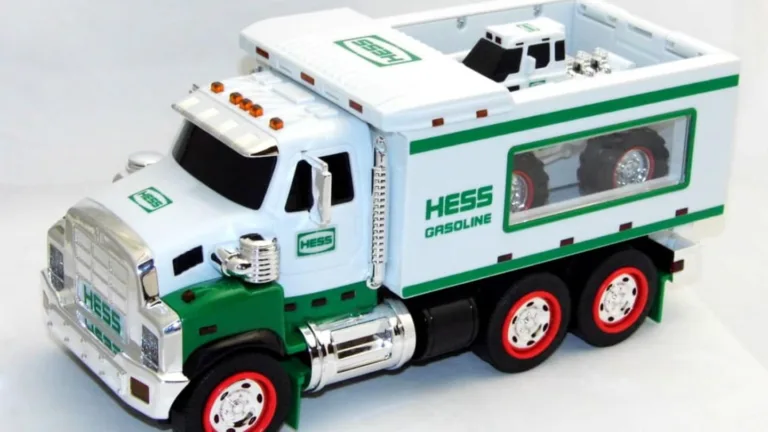Major sporting events generate a huge amount of excitement and anticipation. Fans eagerly purchase merchandise, showing their support for their favorite teams. But what happens when their team doesn’t win? A significant amount of championship apparel Remains Unsold, leaving companies with a surplus of goods. This raises the question: what happens to championship apparel for the losing team? The answer is surprisingly positive and involves charitable organizations playing a vital role in redistribution.
The sheer volume of unsold merchandise can be staggering. Think about the thousands of jerseys, hats, and other items produced for a team expected to win a championship. If that team loses, a significant portion of this inventory Becomes Surplus. This isn’t just a matter of lost profit; it’s also a considerable amount of material that could end up in landfills. Fortunately, there are efficient systems in place to prevent this environmental impact.
These systems ensure that the unsold merchandise finds a new purpose, benefiting those in need. This not only reduces waste but also provides valuable resources to communities around the world. The story of what happens to this excess merchandise is a testament to the power of collaboration between businesses, charities, and those who benefit from their generosity.
The fate of unsold merchandise
The journey of unsold championship merchandise often begins with a careful inventory process. After the event concludes, retailers and manufacturers assess the remaining stock. This involves counting and categorizing all the unsold items, from t-shirts and hats to more specialized merchandise. This detailed accounting is crucial for Efficient Distribution To Charitable Organizations.
Once the inventory is complete, the surplus goods are typically donated To Reputable Charities. These organizations specialize in distributing goods to those in need, both domestically and internationally. The process involves careful sorting and packaging to ensure the items are ready for shipment. This often includes cleaning and repairing any damaged items to ensure they are in good condition for recipients.
The impact of this redistribution is significant. It prevents mountains of unwanted merchandise from ending up in landfills, Reducing Textile Waste. Moreover, It Provides much-needed clothing and other goods to people in under-Resourced Communities. This is a win-Win Scenario, turning a potential environmental problem into a positive social impact. The entire process highlights the effective solutions in place to address the question of what happens to championship apparel for the losing team.
Good360’s role in redistribution
Good360 plays a crucial role in the redistribution of unsold championship apparel. This non-profit organization acts as a central hub, connecting companies with excess inventory to organizations that can put those goods To Good Use. They streamline the donation process, making it efficient and effective for both donors and recipients. Their extensive network ensures that the merchandise reaches communities that need it most.
Good360’s work extends beyond simply moving goods. They carefully assess the needs of various communities and match them with Appropriate Donations. This ensures that the donated items are relevant and useful to the recipients. Their expertise in logistics and distribution ensures that the process is smooth and efficient, maximizing the positive impact of the donations. This careful approach is key to addressing the question of what happens to championship apparel for the losing team in a responsible and impactful way.
The partnership between Good360 and companies that produce sporting goods demonstrates a commitment to social responsibility. It transforms what could be considered waste into a valuable resource, benefiting both the environment and communities in need. This collaborative approach showcases a model for sustainable practices within the sporting goods industry and beyond.
 Are Judge Judys Rulings Legally Binding? How Arbitration Works on TV
Are Judge Judys Rulings Legally Binding? How Arbitration Works on TVPrevious Charitable Partnerships: World Vision
Before Good360 took on the primary role, World Vision was a key partner in distributing unsold championship merchandise. This international Christian humanitarian organization has a long history of providing aid and development assistance worldwide. Their extensive network and experience in disaster relief made them ideally suited to handle the large-scale distribution of donated goods.
World Vision’s involvement ensured that the excess apparel Reached Communities Facing Hardship. Following major sporting events, they would receive significant shipments of Unsold Merchandise. These items were then carefully sorted and sent to countries in need, providing much-needed clothing and resources to those affected by poverty or disaster. This often included areas with limited access to clothing and essential supplies.
The impact of World Vision’s work in this area was significant. They played a critical role in addressing the question of what happens to championship apparel for the losing team, turning potential waste into a powerful tool for positive social impact. Their experience and global reach ensured that the merchandise reached those who Needed It Most, showcasing the power of charitable partnerships in addressing both environmental and social challenges.
environmental and social impact
The redistribution of unsold championship apparel has a significant positive impact on the environment. By diverting large quantities of clothing From Landfills, this process reduces textile waste and Its Associated Environmental Consequences. The production of clothing is resource-intensive, and preventing these items from ending up in landfills conserves resources and Reduces Pollution. This sustainable approach minimizes the environmental footprint of the sporting goods industry.
The social impact is equally important. The donated apparel provides much-needed clothing and resources to people in underprivileged communities worldwide. This can improve their quality of life, providing essential items that might otherwise be inaccessible. The distribution of these goods goes Beyond Simply Providing Clothing; it offers dignity and support to those in need.
The entire process, from the initial donation to the Final Distribution, demonstrates a commitment to corporate social responsibility and environmental stewardship. Addressing the question of what happens to championship apparel for the losing team in this manner showcases a successful model for sustainable practices and demonstrates the significant positive impact that can be achieved through collaboration between businesses and charitable organizations.
a sustainable solution for excess apparel
The system for handling unsold championship apparel represents a successful model of sustainable practices within the sporting goods industry. It transforms a potential waste problem into a significant opportunity for positive social and environmental impact. The collaborative efforts of manufacturers, retailers, and charitable organizations are key to the success of this model.
By diverting excess merchandise from landfills, the system reduces the environmental burden associated with textile waste. This approach aligns with growing global efforts to promote sustainability and reduce the environmental impact of consumer goods. The efficient distribution network ensures that the donated items reach those who Need Them Most, maximizing their utility and minimizing waste.
This sustainable solution provides a clear answer to the question of what happens to championship apparel for the Losing Team, demonstrating that even seemingly insignificant aspects of large-scale events can be managed in a way that benefits both people and the planet. It serves as an example for other industries to adopt similar strategies, turning potential waste into opportunities for Positive Social Impact.
More for curious minds
Unlock extra content and exclusive deals tailored to your interests.










